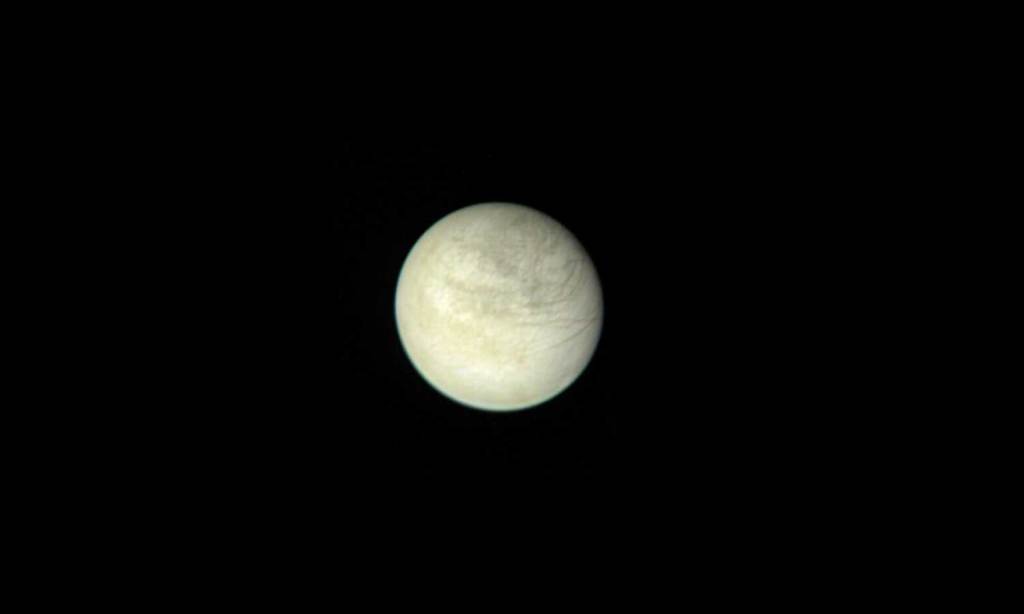


Europa Exploration
NASA's Europa Clipper launched on Oct. 14, 2024, on the first mission to conduct a detailed science investigation of Europa. Six robotic spacecraft already have explored Europa, including NASA's Juno, which is orbiting Jupiter. Scientists also do regular checkups on the moon with the powerful Hubble Space Telescope.
Missions to Europa
- Europa was first observed up close during the Jupiter flybys of Pioneer 10, Pioneer 11, Voyager 1 and Voyager 2.
- Most of what we know about Europa comes from several years of orbital observations by the Galileo mission.
- NASA's Juno spacecraft is orbiting Jupiter, and has made close flybys of Europa.
- ESA (European Space Agency) has launched a mission called JUICE (JUpiter ICy moons Explorer).
- NASA launched Europa Clipper on Oct. 14, 2024 - the first mission to conduct a detailed science investigation of Europa.
































